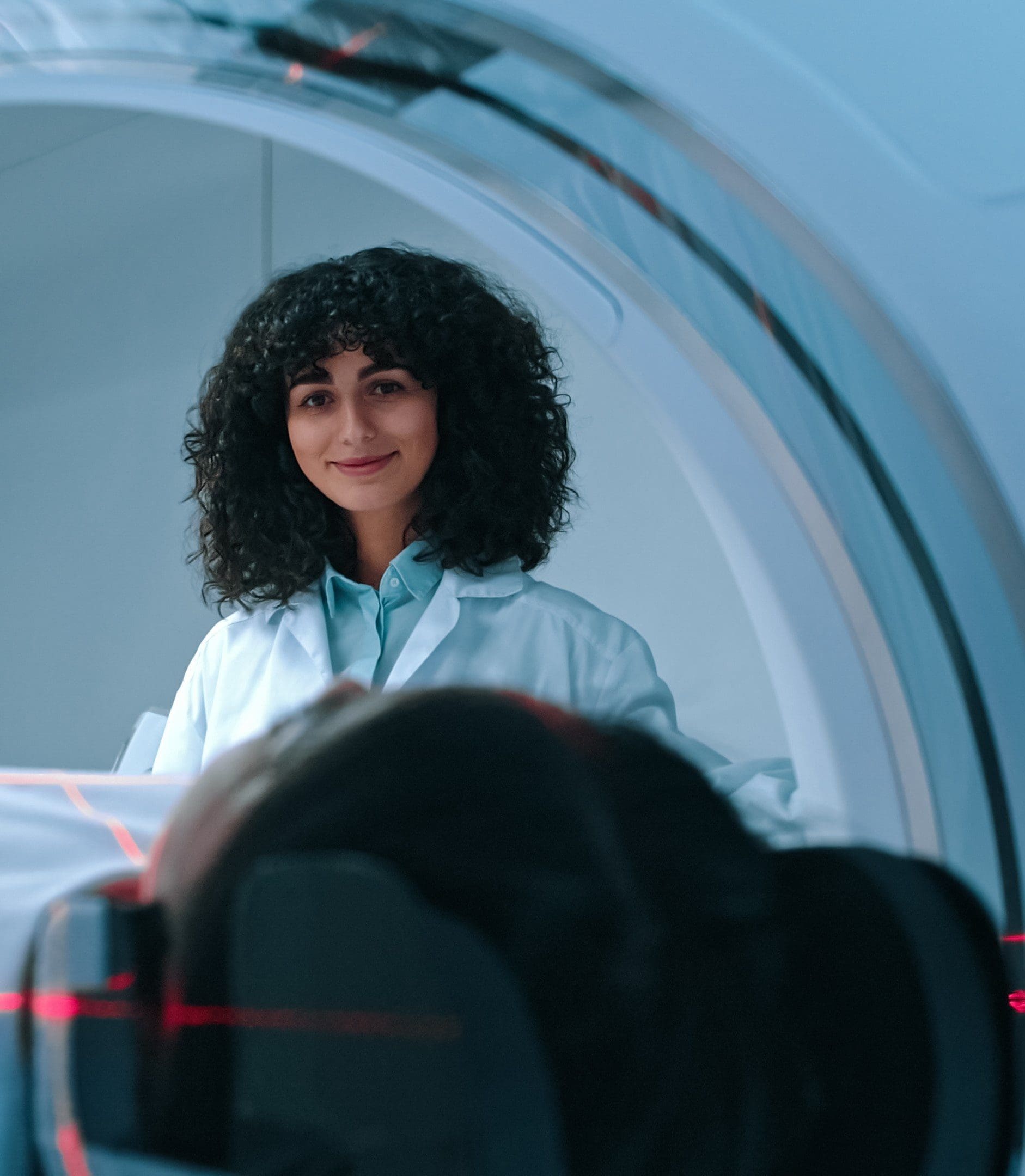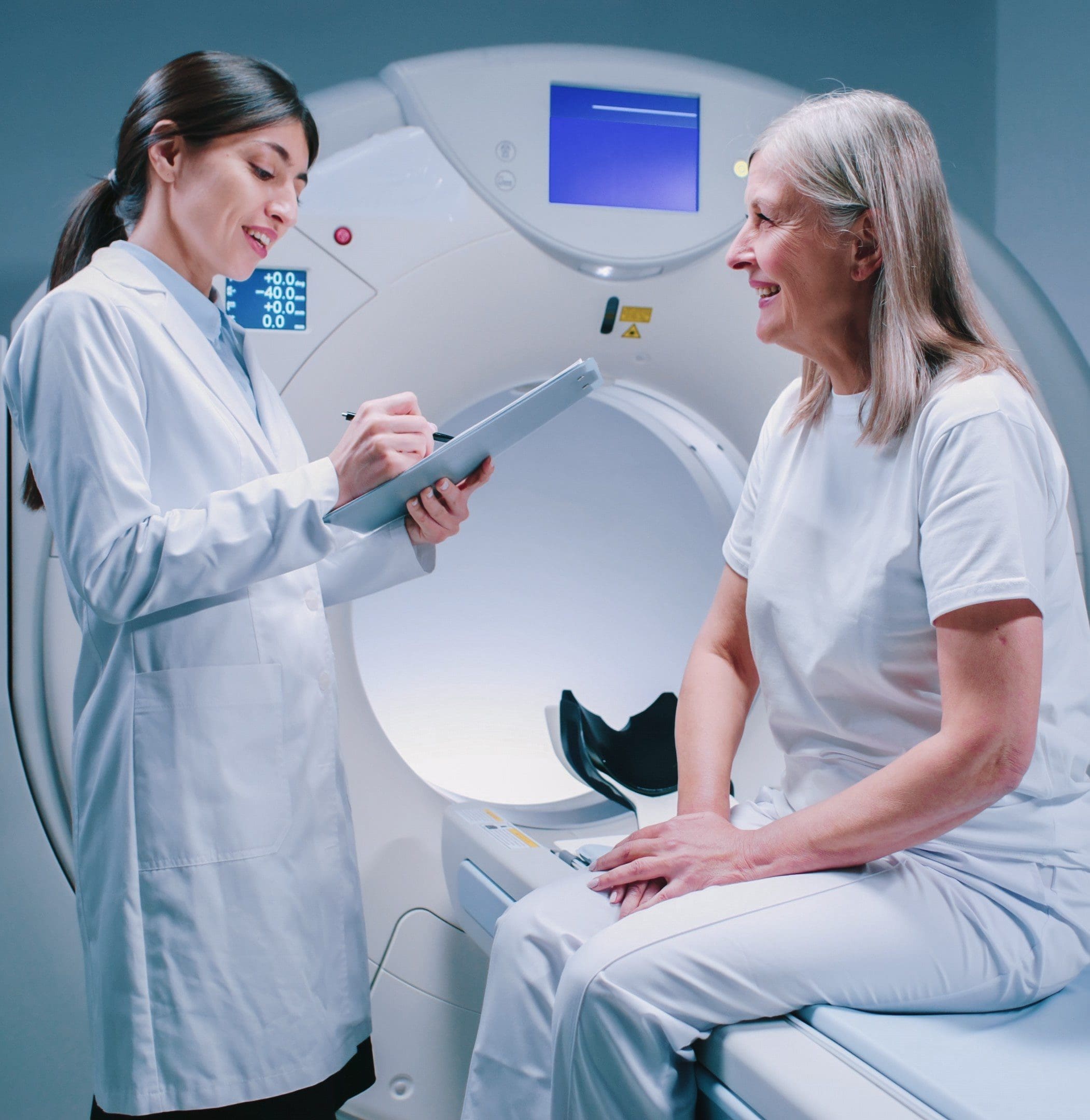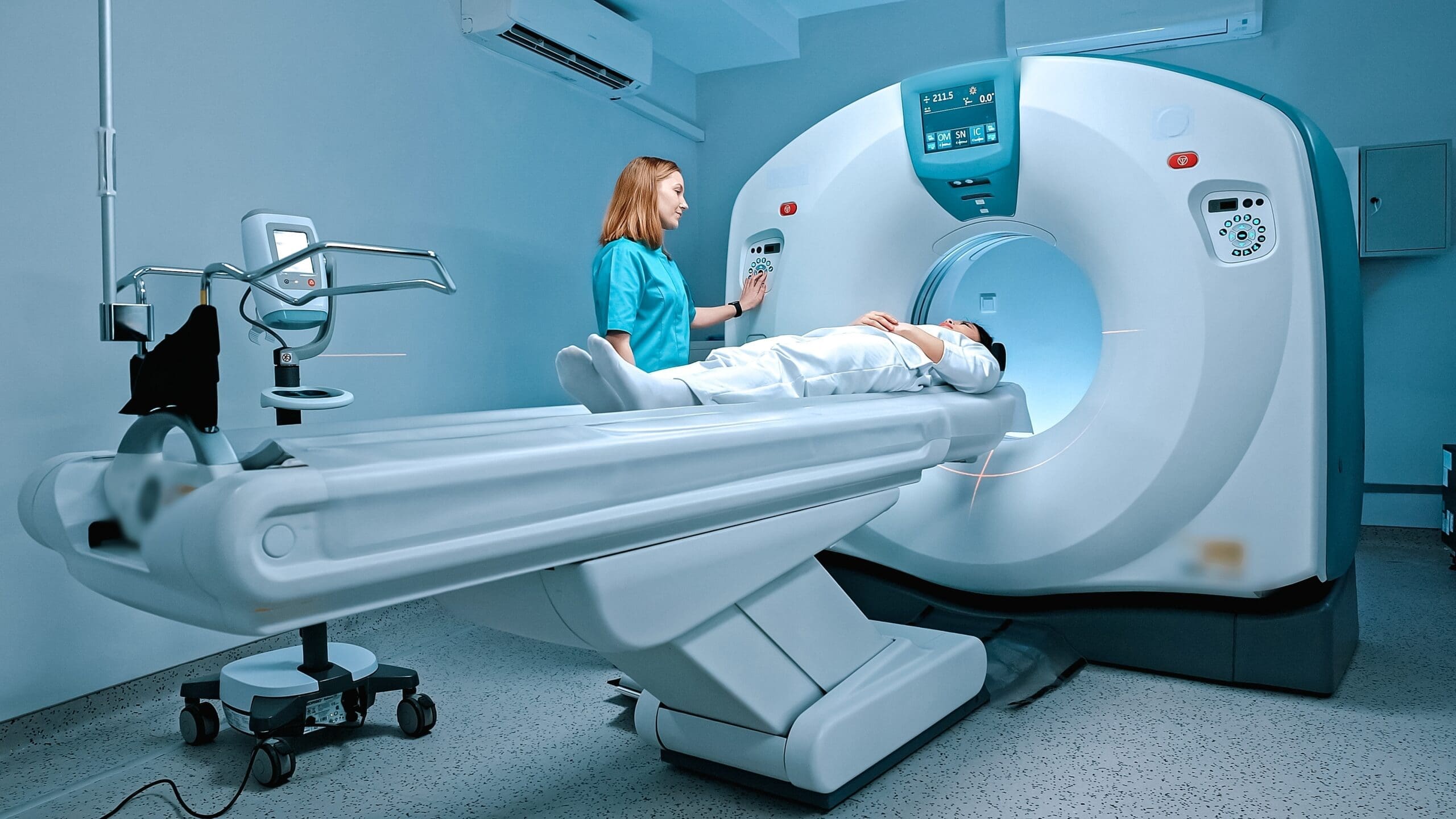What qualifications do I need to be a Radiologist?
Everything about the qualifications you need to become a Radiologist
Becoming a radiologist is a rewarding and intellectually stimulating career choice that combines cutting-edge technology with the art of medical diagnosis. As a radiologist, you are at the forefront of patient care, using advanced imaging techniques to detect, diagnose, and guide treatment for various medical conditions. This path not only offers the chance to work in diverse clinical settings but also provides opportunities for ongoing learning and professional development.
Embarking on this journey requires dedication and a keen interest in both medicine and technology. Radiologists play a crucial role in healthcare teams, collaborating with other specialists to ensure patients receive accurate diagnoses and effective treatments. With the rapid advancement of imaging technologies, such as MRI, CT scans, and ultrasound, radiologists are continually expanding their expertise to include new methodologies that improve patient outcomes.
Moreover, this field offers significant flexibility in terms of work environment – whether you prefer working in hospitals, private practices or research institutions – and provides ample opportunities for specialisation within various subfields such as interventional radiology or paediatric imaging. If you are passionate about making a tangible impact on patient health through innovative diagnostic techniques, then pursuing a career as a radiologist might just be your calling.
In this Radiologist qualifications guide
Qualifications to be a Radiologist
Embarking on the journey to become a radiologist is both exciting and rewarding, promising a career filled with opportunities to make a significant impact in the medical field. Radiologists play a crucial role in diagnosing and treating patients by interpreting medical images such as X-rays, MRIs, and CT scans. If you’re considering this path, understanding the qualifications required is essential to setting yourself up for success.
Firstly, aspiring radiologists must complete an undergraduate degree in medicine, which typically takes five years at a UK university. This foundational step is followed by two years of foundation training where you gain hands-on experience across various medical disciplines. Afterward, you’ll need to undertake specialist training in clinical radiology for about five years. During this time, you’ll delve deep into imaging techniques and technologies while honing your diagnostic skills.
In addition to formal education and training, possessing strong analytical abilities and attention to detail are vital traits for success in this field. Continuous professional development is also key as it ensures you stay abreast of advancements in medical imaging technology and practices.
Choosing to become a radiologist demands dedication and perseverance but offers the reward of making meaningful contributions to patient care through precise diagnostics. With the right qualifications and commitment, you can embark on this fulfilling career path equipped with the knowledge needed to excel.
What qualifications are needed to be a Radiologist?
Becoming a radiologist is a rewarding journey that requires dedication and rigorous training, with each level bringing its own set of qualifications and responsibilities. Let’s explore the requirements and roles at Levels 2, 3, and 4.
Level 2 Radiologist Qualifications
At Level 2, aspiring radiologists typically need to have completed their undergraduate medical degree followed by two years of foundation training in medicine. This stage lays the groundwork for understanding clinical practice and patient care. The focus here is on developing essential skills in interpreting basic imaging studies under supervision while gaining exposure to various clinical scenarios.
Level 3 Radiologist Qualifications
Progressing to Level 3 involves entering a speciality training programme in radiology, which usually spans five years. At this stage, trainees are expected to build upon their foundational knowledge by delving deeper into specialised imaging techniques such as CT scans, MRIs, and ultrasounds. Responsibilities include performing diagnostic procedures under guidance and gradually taking on more complex cases as competence grows.
Level 4 Radiologist Qualifications
Reaching Level 4 signifies advanced proficiency where radiologists are fully qualified specialists capable of independently conducting intricate diagnostic assessments. At this level, they often take on leadership roles within their departments or contribute to research initiatives aimed at advancing medical imaging technologies. Their responsibilities extend beyond patient diagnostics; they also play crucial roles in mentoring junior colleagues and collaborating with multidisciplinary teams to ensure comprehensive patient care.
Each step along this career path not only enhances technical expertise but also reinforces the importance of compassionate communication with patients – an integral part of delivering exceptional healthcare services.

Professional bodies for a Radiologist
When considering a career in radiology, joining professional bodies can be instrumental in enhancing your skills, networking with peers, and staying updated with the latest advancements in the field. In the UK, several esteemed organisations are dedicated to supporting radiologists throughout their careers.
One of the most prominent bodies is The Royal College of Radiologists (RCR). As a member of RCR, you gain access to a wealth of resources including educational programmes, research opportunities, and professional development events. This organisation is pivotal for those looking to maintain high standards in clinical practice and continue their learning journey.
Another key organisation is The British Institute of Radiology (BIR), which provides a platform for professionals across all imaging disciplines. Membership with BIR offers numerous benefits such as access to scientific journals, conferences that foster knowledge exchange, and opportunities for interdisciplinary collaboration.
For those interested in the technical aspects of radiology or working closely with medical imaging technology, The Society and College of Radiographers (SCoR) could be an ideal fit. SCoR supports radiographers through advocacy efforts, professional guidance, and continuous education.
Joining these professional bodies not only bolsters your credentials but also connects you with a community dedicated to advancing healthcare through radiology. By becoming part of these organisations, you align yourself with excellence and innovation within the field.
Training fees to become a Radiologist
Deciding to pursue a career in radiology is a significant commitment, not only in terms of time and effort but also financially. Understanding the costs involved at each stage of training – level 2, level 3, and level 4 – is crucial for prospective radiologists.
At level 2, the initial training fees can vary depending on the institution and specific programme you choose. Typically, these fees cover foundational courses that provide essential knowledge and skills needed for more advanced studies. You might expect to pay anywhere from £3,000 to £5,000 annually during this stage.
Moving on to level 3, the focus shifts towards more specialised training. Here, fees can increase as you delve deeper into complex areas of radiology. Level 3 often involves practical sessions alongside theoretical learning, which can raise costs to around £5,000 to £8,000 per year.
Finally, reaching level 4 signifies advanced expertise in radiology with an emphasis on clinical practice and research opportunities. This stage is crucial for those aiming to become fully qualified radiologists. Training fees at this level are generally higher due to the intensive nature of studies and clinical placements involved; candidates might face costs ranging from £8,000 upwards annually.
While these figures provide a general idea of what financial investment is required at each stage of becoming a radiologist in the UK, it’s important to research specific programmes as prices can fluctuate based on location and institutional reputation. However daunting these numbers may seem initially, remember that investing in your education is an investment in your future career – a rewarding field that offers both professional satisfaction and financial stability over time.

Getting experience to be a Radiologist
Becoming a radiologist is a rewarding journey that requires dedication and hands-on experience. Gaining relevant experience is crucial for anyone aiming to excel in this field. One of the most effective ways to start is by seeking opportunities for clinical placements or internships within hospitals or medical centres. These experiences provide invaluable insights into the daily operations of radiology departments and allow aspiring radiologists to observe and participate in real-world diagnostic procedures.
Volunteering at healthcare facilities can also be a great way to build foundational knowledge and skills. It allows you to work alongside experienced professionals, gain exposure to patient interactions, and understand the intricacies of imaging technology.
Additionally, engaging in research projects related to medical imaging can significantly enhance your understanding of this complex field. It not only broadens your scientific knowledge but also demonstrates your commitment and initiative, which are highly regarded by educational institutions and future employers alike.
Networking with professionals in the industry through conferences or online forums can open doors to mentorship opportunities and valuable advice on navigating the career path effectively. By actively seeking out these experiences, you’ll be well-equipped with the practical knowledge required for a successful career as a radiologist.



